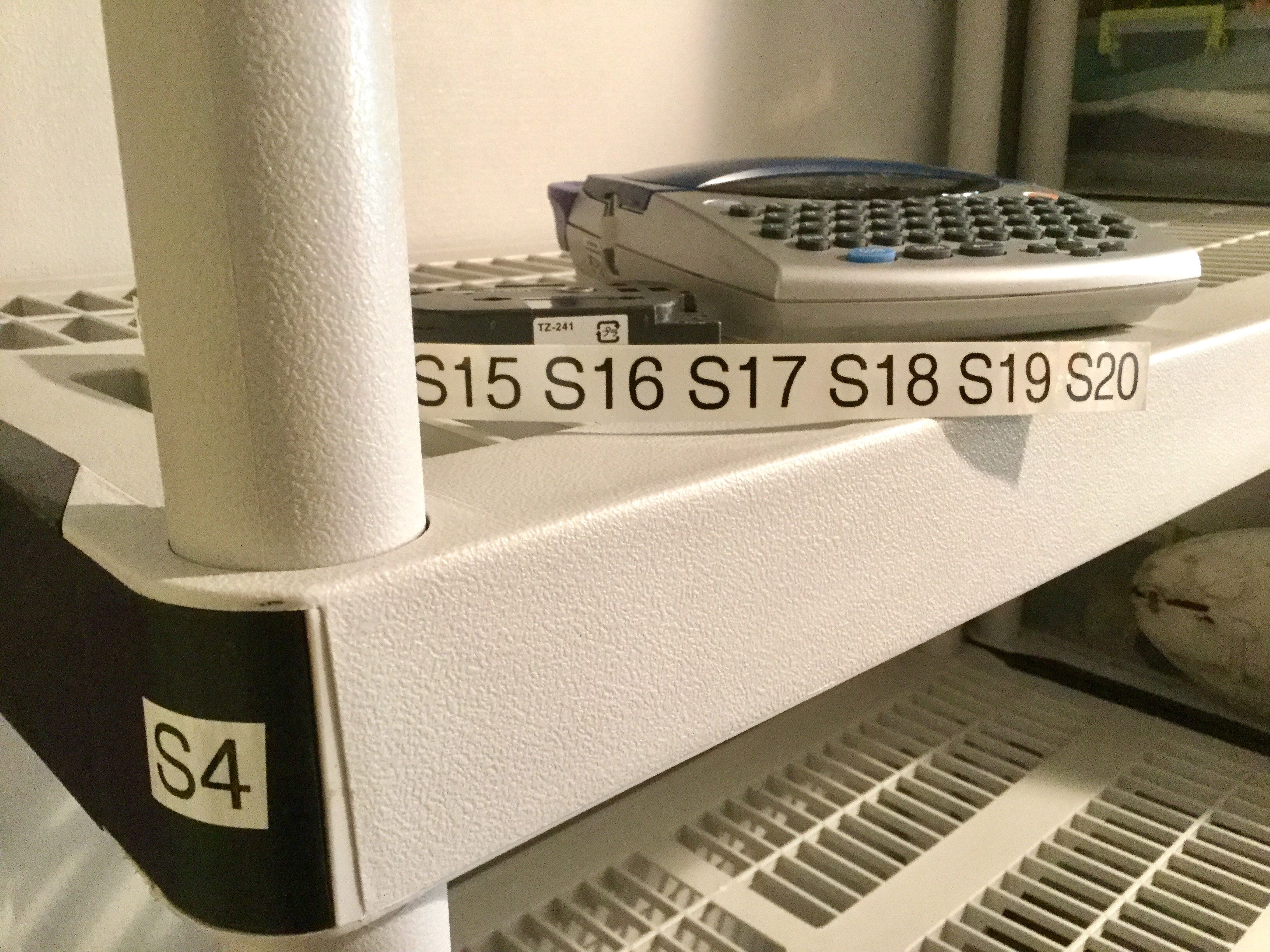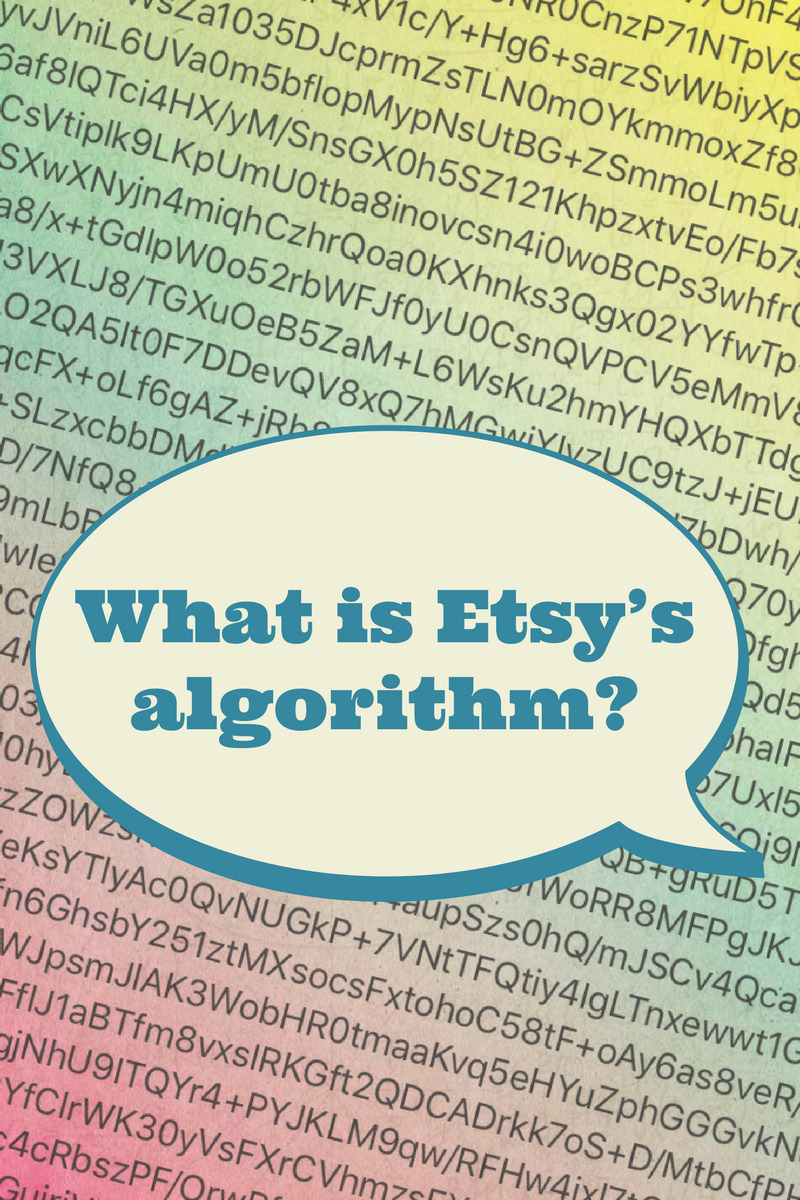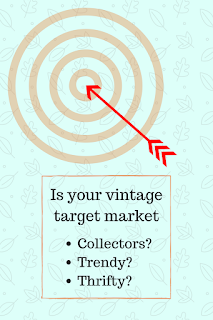Sensational, fabulous, wonderful, lovely, great, fantastic, drool-worthy, stunning, incredible, enjoy, appreciate, delightful, fun, precious, glowing, luxurious, enticing, classic, beautiful, glorious, garnished, superb, distinctive, aesthetic, charming, fascinating, make you smile, striking, dramatic, cheerful, statement piece, lovable, special, sure to please, colorful, muted, perfect, superlative, understated, serene, eye candy, attractive, graceful, tasteful, discerning, refined, dignified, cultivated, distinguished, decorous
Northeast, New England, Maine, Pine Tree State, American, Primitive, Americana, Canadian, Acadian, Quebecois, Canuk, [words translated into language of target market buyers], folklore, cultural heritage, geographic detail, Maritime Provinces, Penobscot
 |
| Do you have your key word list yet? |
Vintage, conveying age
Vintage, antique, early, authentic, aged, old, ancient, last century, historical, bygone era, artifact, aged, prehistoric, antiquated, archaic, rarity, yore, venerable, relic, decades
Styles
Timeless, classical, traditional, inspired, whimsical, compatible, industrial, rustic, primitive, ethnic tribal, Native American Indian, Southwestern, Southwest, art nouveau, art deco, arts and crafts, mission, mid century modern, retro mod, kitsch, Victorian era, aesthetic, colonial, cottage chic, boho, bohemian, Victorian revival, Georgian, abstract, brutalist, modernist, pop, country farmhouse, French apartment, Kawaii, Edwardian, Civil War era, Navajo, European, Scandinavian, Asian, Hollywood regency, essence of the period, tailored, modernist, steampunk, granny chic, folk art, coastal, beachy
Details of design and craftsmanship
Intricate workmanship, rich detailing, skillful craftsmanship, consummate professional, fine finishing details, lost art, artistic detail, pleasing dimensions, fine art, great proportions, classic lines, superb design, patented (including information), artisan, realistic design, made with care, finely executed, traditional methods, at the top of their game, finely crafted, well crafted, carefully made, durable, versatile, useful, finished with, topped off, plain, simple, high quality, artistic
Collector-friendly, words conveying uniqueness:
Collection, valuable, uncommon, unique, prized, one of a kind, OOAK, hard to find, rare, desirable, exclusive, only, sought after, curio, memento, remember, heirloom, specimen, trophy, keepsake, museum piece, souvenir, curious, singular,
Wabi-sabi 侘寂, keepsake, memory, curio, treasure, special edition, signed, showpiece, keystone, conversation piece
Condition
Pristine, excellent, outstanding, museum quality, pre-owned, vintage, lovingly used, patina, signs of previous ownership, evidence of loving use, distressed, wearable, original condition, crisp, manufacturing flaw, wear consistent with age, complete, functional, scuffs, shows its age, strong, sturdy, secure, usable, for display only, original detail, factory finish, works as intended
Girly
Dainty, pretty, sweet, feminine, romantic, ethereal, delicate, confident woman, elegant, understated, silhouette, darling, cute, adorable, glam, confection, frilly
Jewelry
Glamour, pizzazz, sparkle, flowing, classical lines, designer, brushed, textured, flourish, glowing, luxury, scintillating, flashy, simple elegance, formal occasion, bling
Fashion
Chic, smart, sophisticated, fashionable, modish, stylish
Crafty
Embellish, repurpose, remodel, refurbish, easy to install, versatile, customized, salvaged, art assemblage, create, rusty, ornamental
------------------------------
The narrower your target buyer,
the smaller this list will be.
Handwritten lists are supposed to be even more effective. (Who knew?) (Let me know how those Japanese characters for Wabi-Sabi go for you.)
Make a list and add to it as you think of more terms.
Use your keyword list as you compose listings.
Take your item descriptions to the next level with a buyer keyword list!












